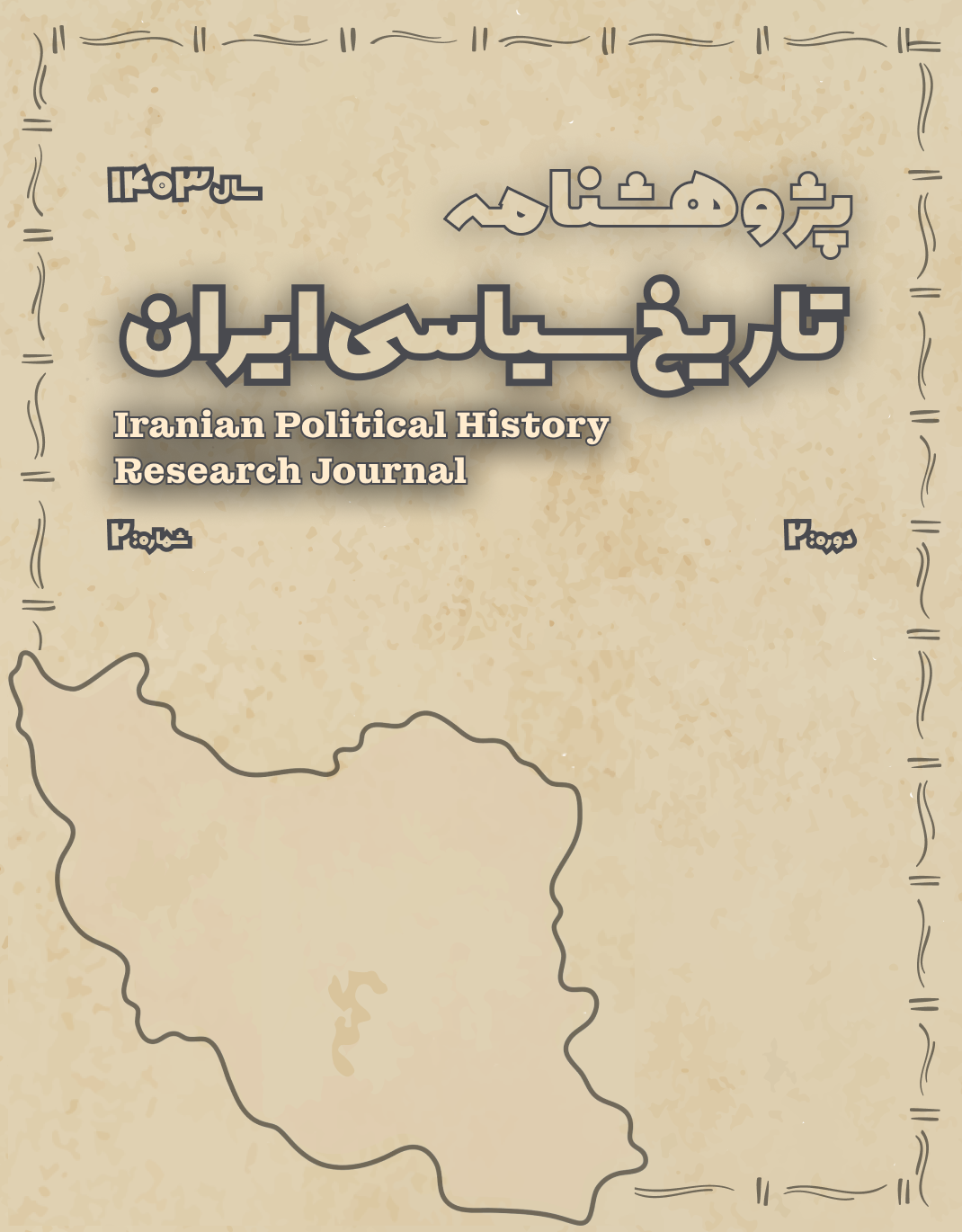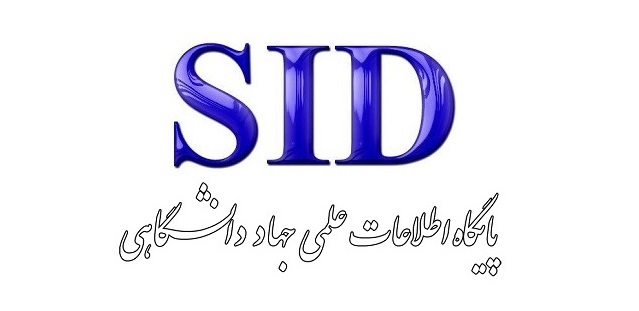A Critical Analysis of the Qizilbash Institution in the Political-Military Structure of the Safavid State
Keywords:
Discourse analysis, corrupt state, Naseri intellectuals, political legitimacy, political metaphors, rule of law, anti-corruption discourseAbstract
This article aims to analyze the discourse of the "corrupt state" in the intellectual texts of the Naseri era in Iran, using the method of critical discourse analysis. Focusing on the works of thinkers such as Talebof, Akhundzadeh, Mostashar al-Dowleh, and Zeyn al-Abedin Maraghe’i, the study explores how political corruption is represented and articulated through metaphorical language, modern rational vocabulary, and discourse strategies. These texts were written amidst the crisis of legitimacy facing the Qajar monarchy and sought to construct an alternative vision of statehood, power, and nationhood based on legality, public will, and rational governance. The findings suggest that in these writings, corruption is not viewed as a moral failure or personal vice, but as a structural and discursive phenomenon rooted in autocracy, lawlessness, and the marginalization of the people. Metaphors such as the ailing state, the greedy ruler, and the oppressed nation serve as rhetorical tools to expose systemic corruption and promote a reimagined political order. By redefining key concepts such as "law," "reason," and "justice," these intellectuals challenged the prevailing discourse of absolute monarchy and laid the foundation for a discourse of democratic legitimacy. The article argues that the anti-corruption discourse of the Naseri period played a formative role in the emergence of modern political language in Iran and contributed to the ideological groundwork of the Constitutional Revolution.
Downloads
References
Amanat, A. (1997). Pivot of the Universe: Nasir al-Din Shah Qajar and the Iranian Monarchy, 1831–1896. University of California Press.
Bayat, M. (2007). Iran’s First Revolution: Shi'ism and the Constitutional Revolution of 1905–1909. Oxford University Press.
Foucault, M. (1980). Power/Knowledge: Selected Interviews and Other Writings, 1972–1977 (C. Gordon, Ed.). Pantheon Books.
Habermas, J. (1975). Legitimation Crisis (T. McCarthy, Trans.). Beacon Press.
Keddie, N. R. (2003). Modern Iran: Roots and Results of Revolution. Yale University Press.
Laclau, E., & Mouffe, C. (2001). Hegemony and Socialist Strategy: Towards a Radical Democratic Politics (2nd ed.). Verso.
Martin, V. (1989). Islam and Modernism: The Iranian Revolution of 1906. I.B. Tauris.
van Dijk, T. A. (1998). Ideology: A Multidisciplinary Approach. Sage.
van Dijk, T. A. (2006). Discourse and Manipulation. Discourse & Society, 17(3), 359–383.









